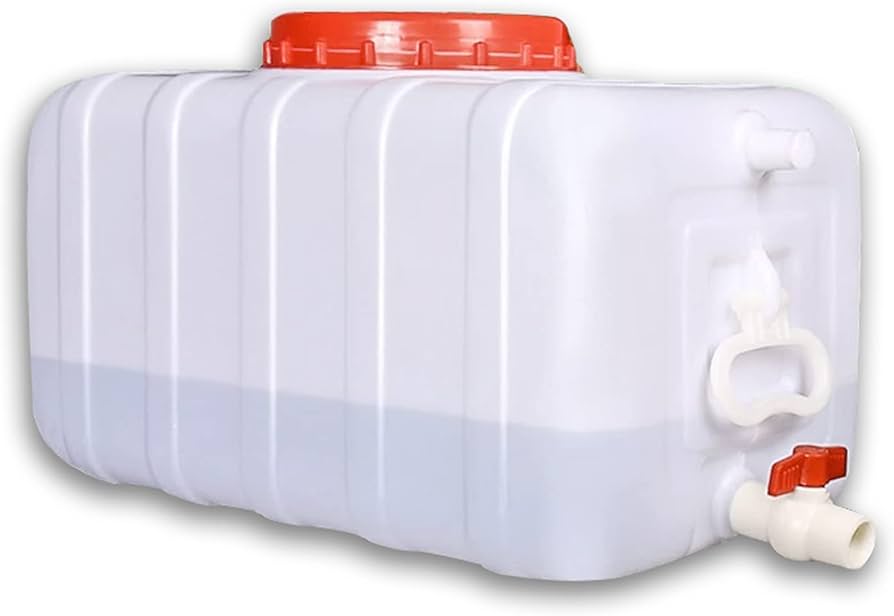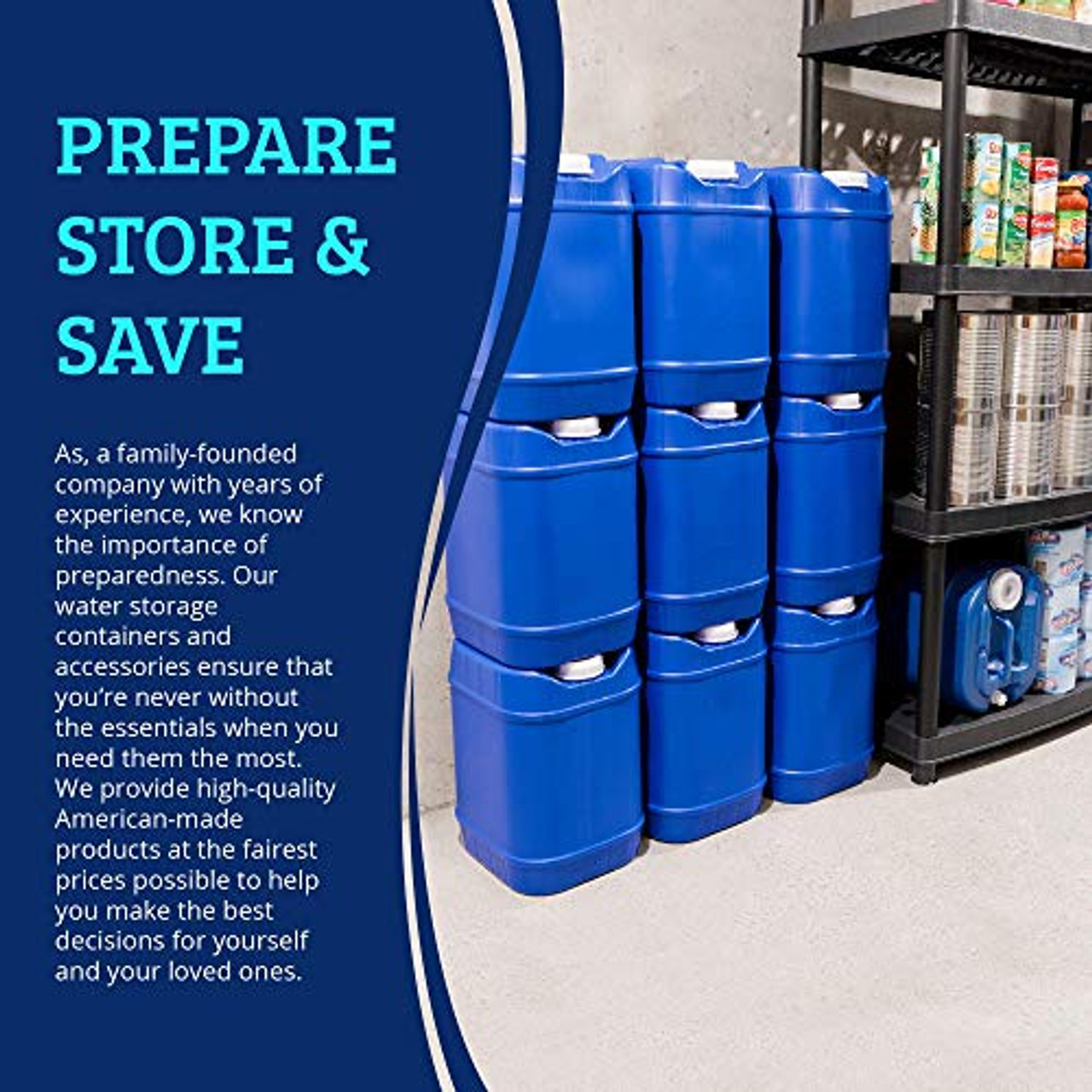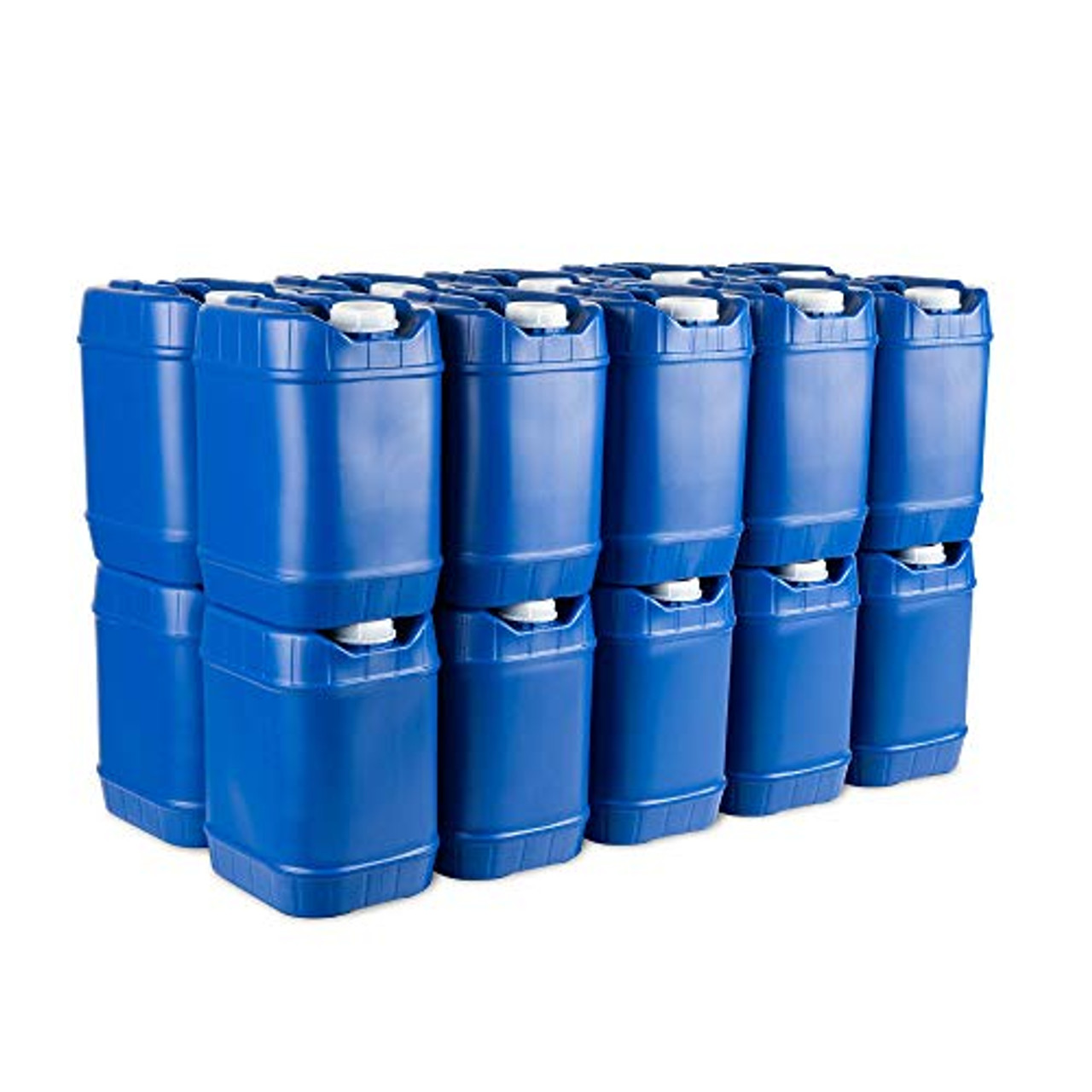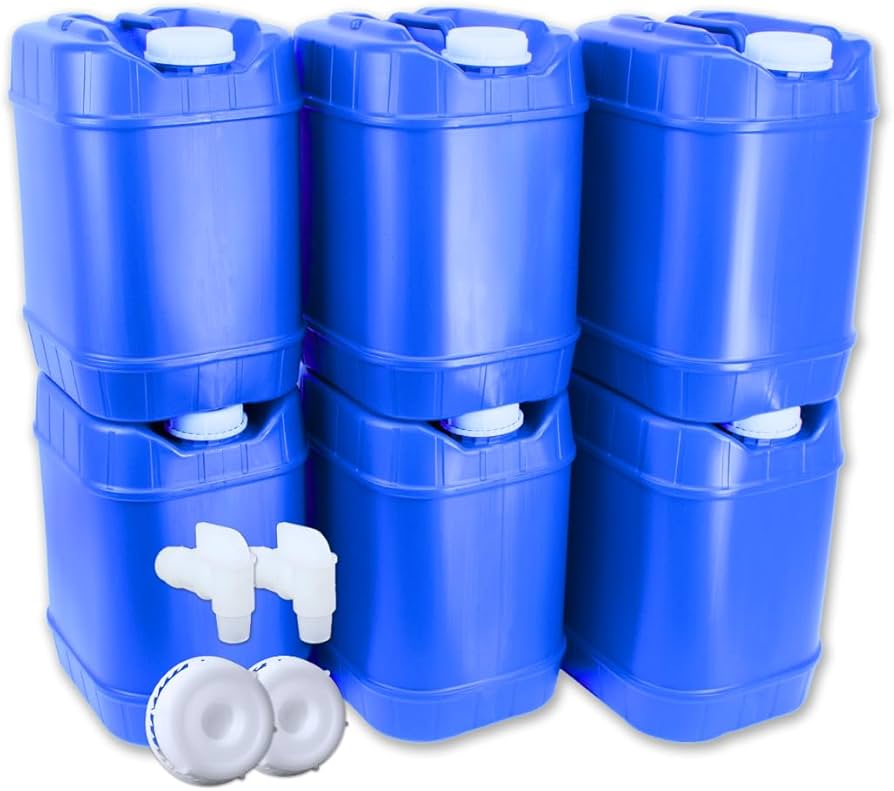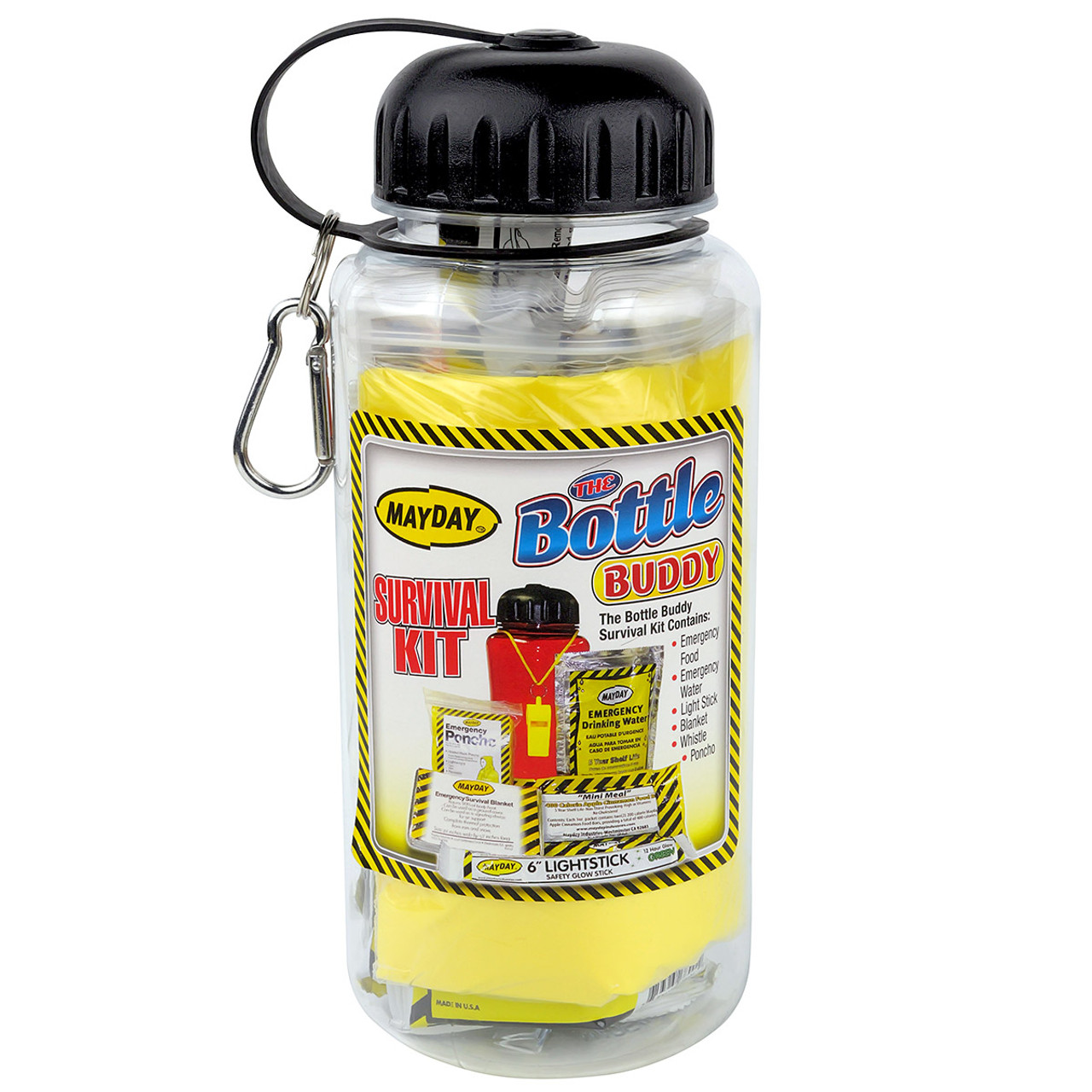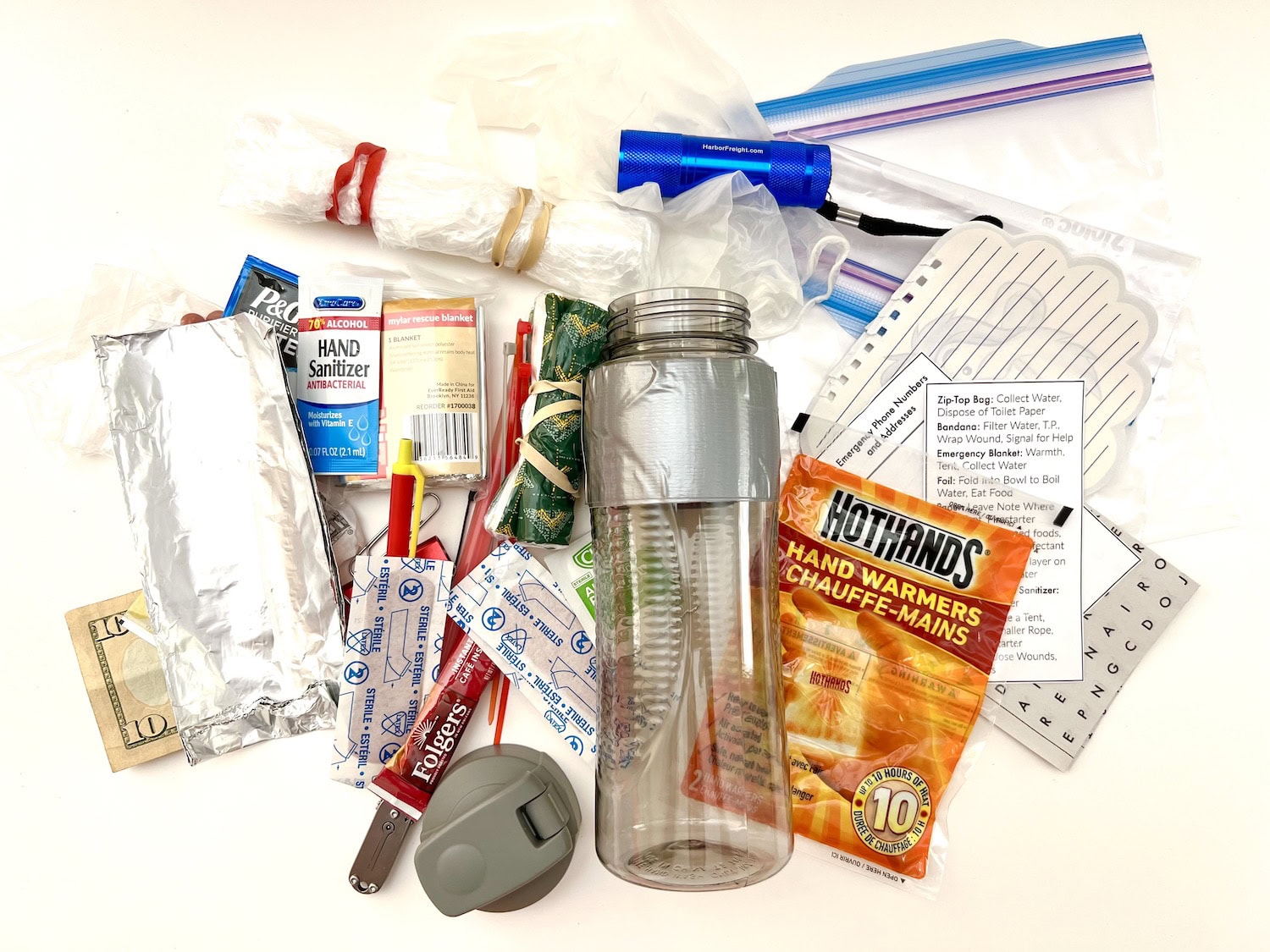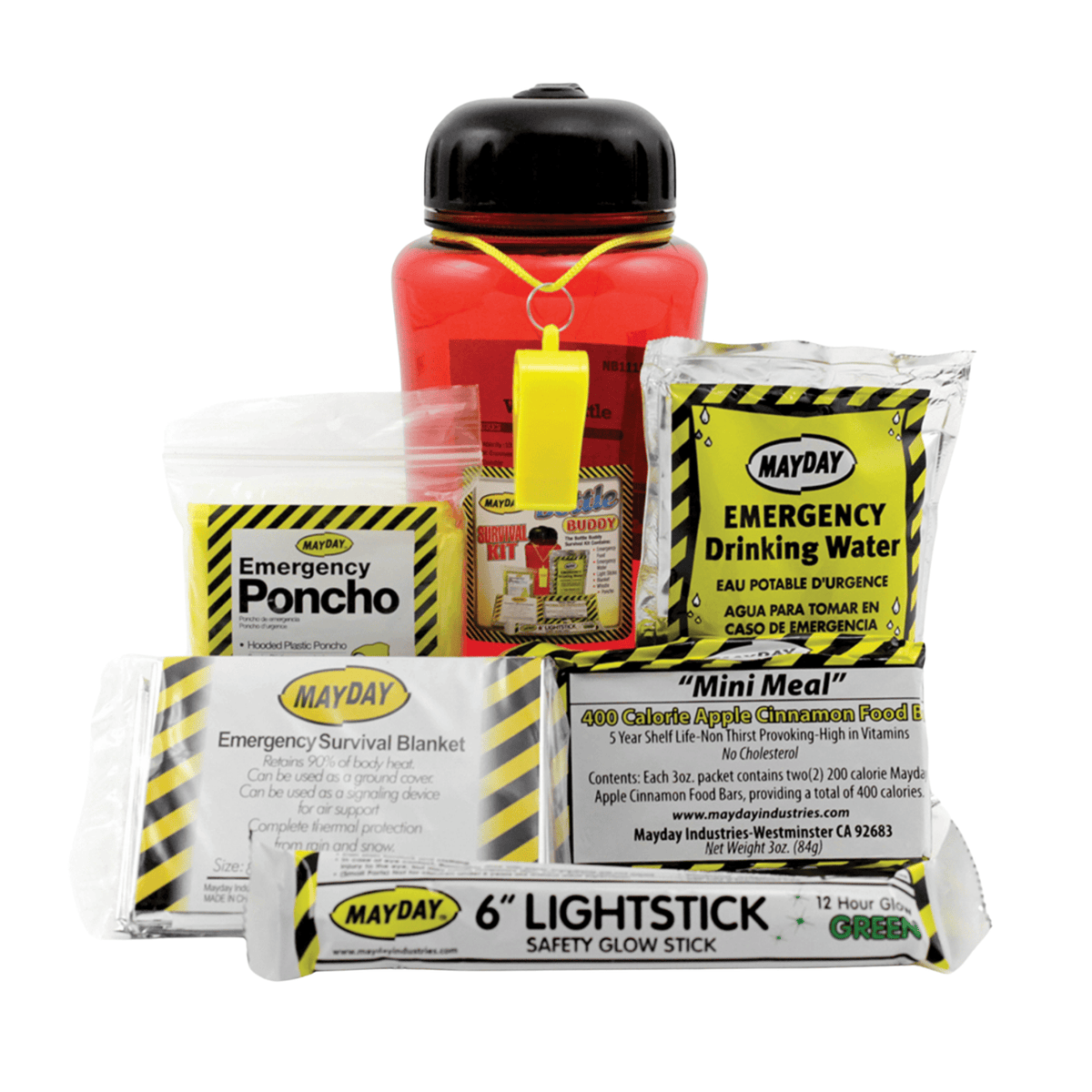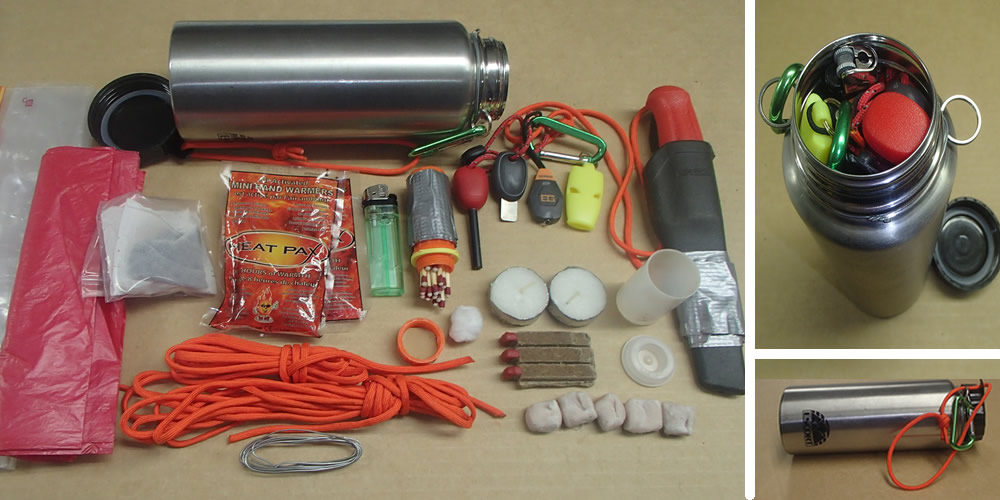FIFO System: First-In-First-Out Water Rotation Principles
Use the oldest containers first and replace with freshly filled ones. Set calendar reminders every 6 months for rotation. Track fill dates with waterproof labels. Place new labels over old ones to maintain history. This prevents water stagnation and ensures consistent quality throughout your emergency supply.
Read Full Article →